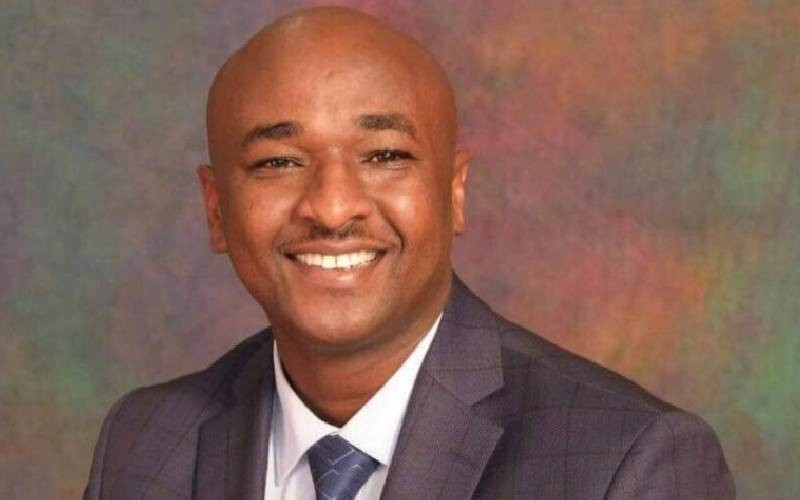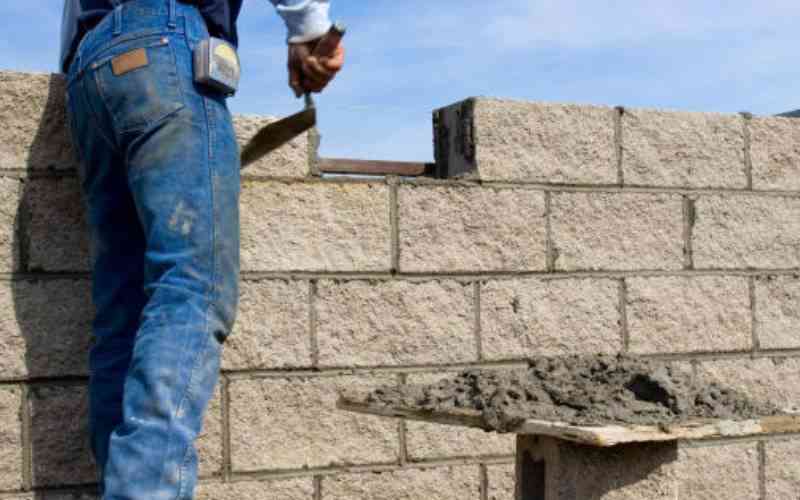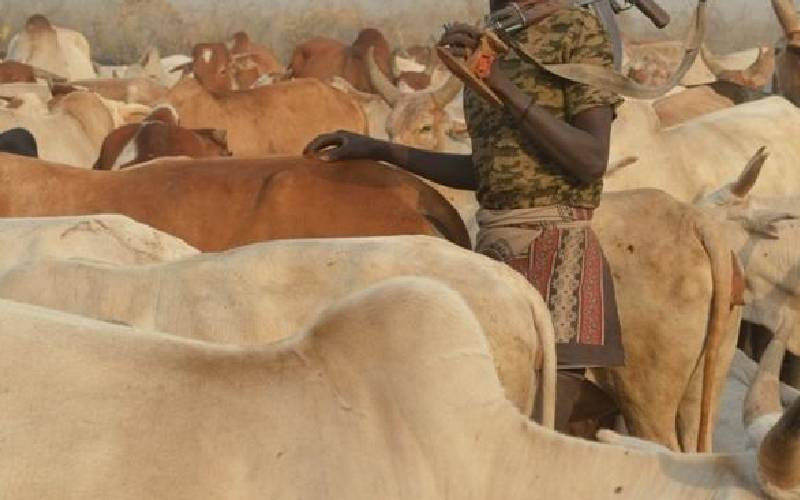By JOE OMBUOR
They say wonders never cease to happen. I watched in awe while at the shores of Lake Turkana recently as sunset and moonrise changed hands. It was 6.20pm. Minutes later, the sun that had been inching towards its Western home dimmed across the azure waters and a full moon was firmly in control, lighting the undulating desert landscape, home to some of Kenya’s most warlike communities.
It was time for nocturnal life around the world’s largest desert lake, among them hippopotamus, the rough skinned desert toads, giant scorpions and mother denizens of this arid jungle to rule the territory that is reputedly the cradle of humankind.
It is in this expanse that the famous Turkana boy skeleton, the only nearly complete human related fossil dating back to about 1.6 million years, was discovered. Equally nocturnal in their lifestyle are the El Molo, a near extinct community of less than 1,000 living souls. Able-bodied El Molo are known to spend most nights in the lake, fishing and hunting hippos.
Sunset coincidence
Besides the entrancing sunset/moonrise coincidence (it does not always happen here), Saturday May 25 witnessed an unusual nightlife on the Southern shores of Lake Turkana, thanks to the annual Lake Turkana Cultural Festival. Under the starry moonlit skies, dancers from all the 12 communities (Boran, Sakuye, Burji, Rendile, Gabbra, Konso, Wata, Dashna, El Molo, Samburu, Turkana and Gare) that spend much of their time fighting, sang and danced their hearts out together prior to a unique version of catwalk where the dusty soil cleared of scorpions and mother crawling creatures was the natural carpet. David Mathenge a.k.a Nameless, a Nairobi-based artiste invited to curry the occasion with his music played local tunes to the rhythm of the catwalk before he electrified the stage with his latest beats. 12 catwalks in all for the 12 communities took place.
The catwalk was the acme of activities during which the 12 communities straddling Marsabit, Samburu and Turkana counties showcased their rich heritage in the form of dressing, food, tools of trade, dances and songs. Among the audience who braved the dust-laden draughts to watch the display were the German ambassador to Kenya Ms Margit Hellwig-Boette, Cabinet Secretary for Sports, Culture and Arts Dr Hassan Wario, Tourism Permanent Secretary Ambassador Ruth Solitei, Kenya Tourism Board (KTB) Managing Director Muriithi Ndegwa and Director General, of the National Museums of Kenya Dr Idle Farah.
Others were the Chief Executive of Vision 2030 Mugo Kebati, Director General of the National Cohesion and Integration Commission Dr Mzalendo Kibunjia, Samburu County Governor Moses Kasaine Lenolkulal, Turaka County Deputy Governor Peter Ekai Lokoel and the Marsabit County Governor Ukur Yattani who was the host of this annual event.
Sporting all manner of ornaments available to them, those selected to perform were resplendent in their traditional attire largely derived from hides and skin, gaudily coloured shukas, an assortment of beads, iron and bone bracelets, guards of various sizes, feathers, artificial and natural flowers.
Conventional attires
All had either akala shoes cut out of old tyres or slippers on their feet. Only the Boran and the Gare, a Somali sub tribe wore conventional attires. Gachu Ganya, the MP for North Horr in Marsabit County came dressed in Boran traditional outfits.
In what can aptly be dubbed “a jig in the desert”, the locals poured on the dusty grounds that served as a makeshift arena gyrating, shaking their backsides, flailing their hands, jerking their legs and nodding their heads to the tunes they have only heard on the radio when Nameless declared the dance a free for all with his own renditions such as turudi nyumbani (let us go back home) and karibia, usiuogope- (come close, do not fear).
Nameless rolled out one popular beat after the other as the excited crowd electrified by live performance kept asking for more. Instead of stealing from each other and engaging in internecine bloody wars, as has been their wont, the 12 communities danced into the wee hours of the night.
Ambassador Hellwig –Boette whose embassy has been central to the festival since its inception in 1998 after the infamous post-election clashes, said though not a panacea for the region’s problems, social events among communities were an effective buffer to hostilities. She said the German embassy would continue supporting the festival that has grown to 12 communities from the initial 10.
Cultural centre
Stay informed. Subscribe to our newsletter
Cabinet Secretary Wario promised that a permanent cultural centre— complete with exhibitions, would be built on the ground set aside for the annual event at Loiyangalani so that activities continue the whole year round.
“The centre will be active the whole year round as a tourist attraction that will offer employment to the locals and contribute to the economy of this area,” said Dr Wario.
Tourism PS Solitei and the Kenya Tourism Board MD Ndegwa urged the county governments in northern Kenya to make security their top priority. “With improved security, foreign and local tourists will flock to this region to sample the virgin rich and diverse cultures and to see where the entire human race originated,” said Solitei.
Demand for peace
Mr Ndegwa on his part said: “All we are demanding from you is to maintain peace among yourselves. Do not kill each other and create fear. Our security forces will take care of the borders,” he told the 12 communities.
Dr Kibunjia said cultural activities were not only a uniting force, but a way of upholding identities that would otherwise be lost to posterity. “It is a pity that cultural identities such as the El Molo language and lifestyle are dying. The museum and other organisations must not allow this to happen,” Dr Kibunjia said.
Governor Yattani promised support for the festival that he described as “the pride of our region” known more for cattle rustling and senseless conflict. “My counterparts from Samburu and Turkana are here, a sign that we are ready to cultivate peace,” noted Mr Yattani.
 The Standard Group Plc is a
multi-media organization with investments in media platforms spanning newspaper
print operations, television, radio broadcasting, digital and online services. The
Standard Group is recognized as a leading multi-media house in Kenya with a key
influence in matters of national and international interest.
The Standard Group Plc is a
multi-media organization with investments in media platforms spanning newspaper
print operations, television, radio broadcasting, digital and online services. The
Standard Group is recognized as a leading multi-media house in Kenya with a key
influence in matters of national and international interest.
 The Standard Group Plc is a
multi-media organization with investments in media platforms spanning newspaper
print operations, television, radio broadcasting, digital and online services. The
Standard Group is recognized as a leading multi-media house in Kenya with a key
influence in matters of national and international interest.
The Standard Group Plc is a
multi-media organization with investments in media platforms spanning newspaper
print operations, television, radio broadcasting, digital and online services. The
Standard Group is recognized as a leading multi-media house in Kenya with a key
influence in matters of national and international interest.









